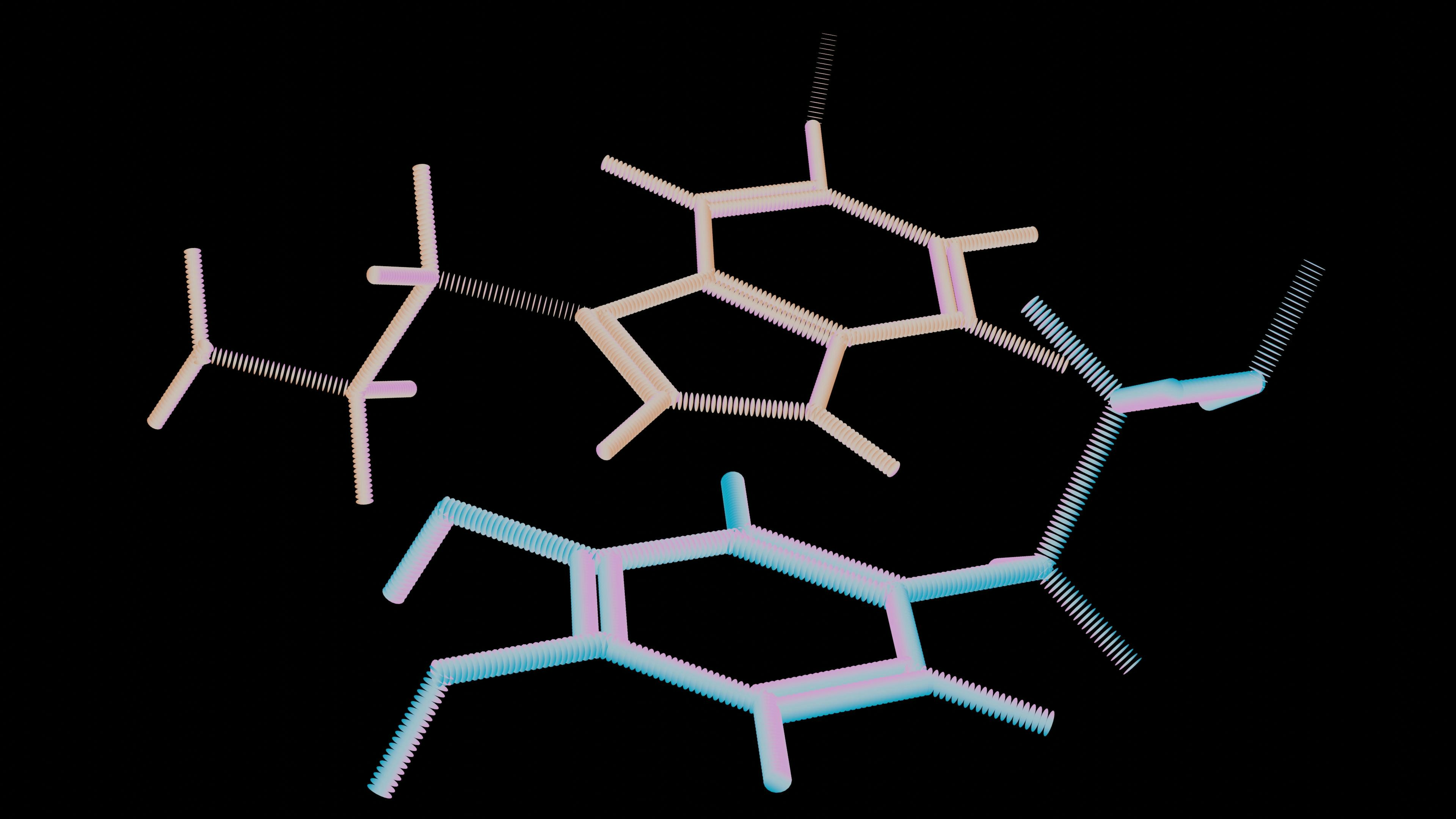ADHD and Dopamine: the science behind motivation, focus & mood
When people talk about ADHD, they often mention attention, impulsivity, and hyperactivity. But underneath these symptoms lies something deeper: dopamine dysfunction. Dopamine is a key neurotransmitter involved in pleasure, reward, and motivation—areas where people with ADHD often experience challenges.
In this article, we’ll explore how dopamine works in the brain, how it relates to ADHD symptoms, and the ways you can naturally and clinically support healthier dopamine regulation.
What is dopamine and what does it do?
Dopamine is a chemical messenger in the brain that plays a role in:
- Motivation and reward-seeking
- Focus and concentration
- Mood and emotional regulation
- Impulse control
- Motor function
When you complete a task, get praise, eat something enjoyable, or experience something novel, your brain releases dopamine as a signal: “That felt good—let’s do it again.”
For people with ADHD, this reward signal often doesn’t fire correctly—or strongly enough. As a result, tasks that seem easy for others (like replying to emails or folding laundry) might feel boring or even painful to complete.
How dopamine dysregulation affects ADHD
Low baseline dopamine
In ADHD brains, dopamine is typically underactive in the prefrontal cortex—an area responsible for executive functions like planning, attention, and self-control.
This underactivity makes it hard to:
- Stay focused on non-stimulating tasks
- Delay gratification
- Feel motivated without external rewards
- Regulate emotions during conflict or stress
Seeking instant rewards
People with ADHD often chase dopamine highs through:
- Scrolling social media
- Snacking impulsively
- Starting multiple projects at once
- Procrastinating until the last minute (deadline = pressure = dopamine surge)
This isn’t a lack of discipline—it’s a biological coping mechanism.
The ADHD-dopamine feedback loop
The constant search for dopamine creates a cycle:
- Low dopamine = boredom or lack of motivation
- Brain seeks stimulation to get dopamine (e.g., TikTok, snacks)
- Temporary dopamine boost = relief
- Crash follows = guilt, frustration
- Repeat
Over time, this loop can lead to burnout, shame, and difficulty developing healthy long-term habits.
How ADHD medications work on dopamine
Most ADHD medications target dopamine and norepinephrine.
- Stimulants (like Adderall, Ritalin): Increase dopamine availability by blocking its reuptake or increasing its release.
- Non-stimulants (like Strattera, Intuniv): Work more gradually, often targeting norepinephrine but still impacting dopamine indirectly.
These medications don’t “add” dopamine but help the brain use what’s already there more efficiently—similar to fixing the wiring so dopamine reaches its target better.
💡 It’s not about a “boost”—it’s about balance.
Ways to support dopamine naturally (without medication)
While medication can be life-changing, other practices also help regulate dopamine over time.
🔁 Routine and rewards
Break big tasks into small wins and celebrate each one. Checking off a to-do list releases dopamine.
🏃♀️ Exercise
Physical activity boosts dopamine production and receptor sensitivity. Even short walks help.
🥚 Eat dopamine-friendly foods
Foods rich in tyrosine (a dopamine precursor) include:
- Eggs
- Fish
- Chicken
- Cheese
- Bananas
- Nuts & seeds
Avoid blood sugar spikes, which can trigger crashes and worsen dopamine balance.
🧘 Mindfulness and sleep
- Poor sleep lowers dopamine receptor sensitivity
- Meditation can increase dopamine by reducing stress and improving emotional regulation
🌞 Novelty & creativity
Trying new activities or creating art can stimulate dopamine in a healthy way—without depending on harmful instant gratification.
What not to do: dopamine traps
Some behaviors feel like a dopamine fix but actually worsen ADHD symptoms in the long term.
- 🔄 Doomscrolling: Short dopamine bursts followed by crashes
- 🍫 Excess sugar or processed food: Spikes and drops destabilize energy
- 🎮 Over-gaming or binge-watching: Reduces tolerance for real-world rewards
- 💻 Multitasking constantly: Burns dopamine reserves faster
👉 The goal is sustainable dopamine, not dopamine addiction.
How to tell If you’re in a dopamine deficit
You might be running low on dopamine if you:
- Can’t start tasks, even ones you enjoy
- Need constant stimulation (TV + phone + snack)
- Procrastinate everything until the last minute
- Feel tired, unmotivated, or “numb”
- Struggle with self-esteem and guilt
If these symptoms are chronic, consult a professional. ADHD is not a personal failure—it’s a neurochemical imbalance that can be managed.
Dopamine lies at the core of ADHD—affecting everything from motivation to mood. Understanding your brain’s relationship with this powerful chemical is key to self-compassion and practical change.
Whether through medication, structured routines, or lifestyle habits, supporting dopamine balance can unlock the motivation, clarity, and emotional stability many ADHDers crave.
Helpful links and tools:
- How to ADHD YouTube Channel
- Books: Driven to Distraction, You Mean I’m Not Lazy, Stupid, or Crazy?, Atomic Habits (ADHD-friendly systems)
- Apps: WeelPlanner, Focusmate
- Online communities: Reddit r/ADHD
Get Weel today!

